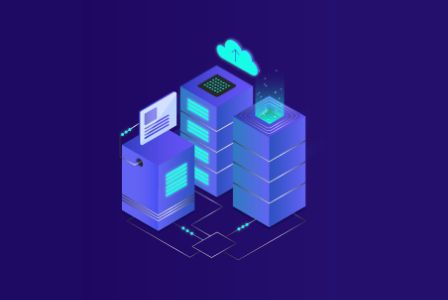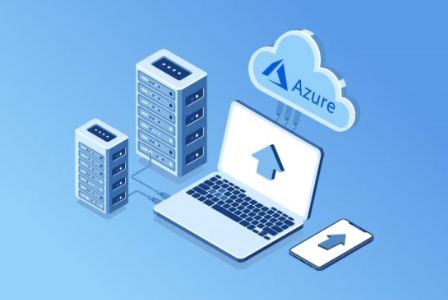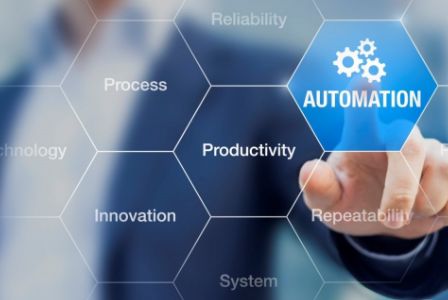Q&A
How it Works
Application modernization is the process of updating legacy applications to scalable, cloud-native app environments by using modern technology stacks, Through this process, applications can continue to meet modern user expectations as they evolve.
Application modernization is the process of taking existing legacy applications and modernizing their platform infrastructure, internal architecture, and/or features, Moving an application from on-premises to cloud with no thought to the ROI is moving applications just to move them.







